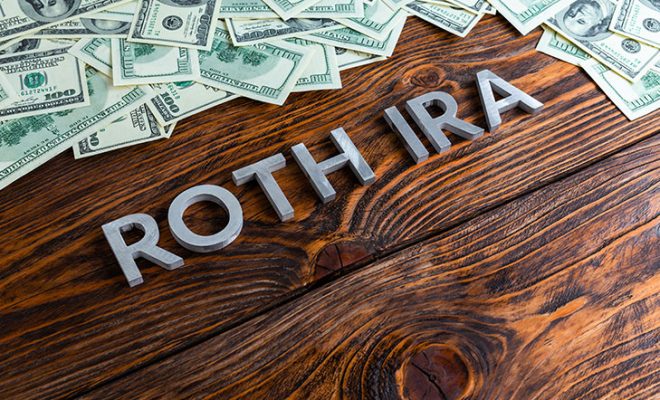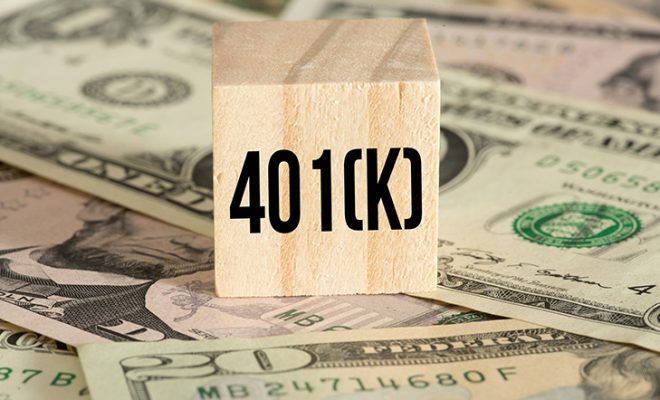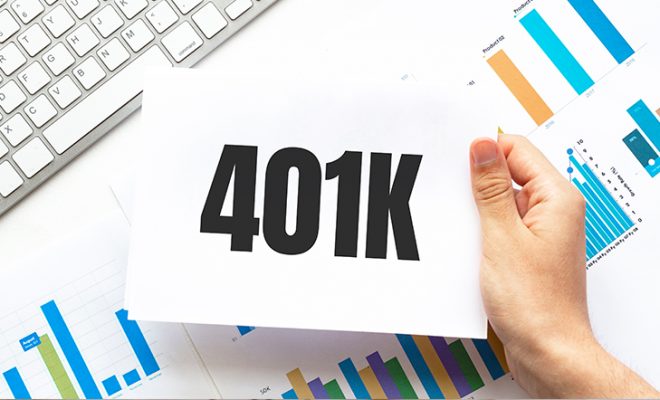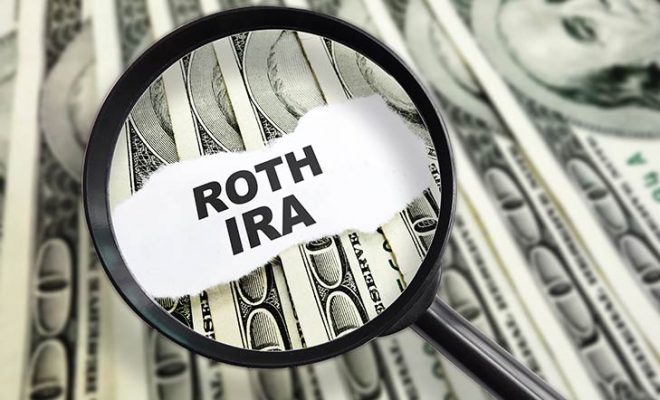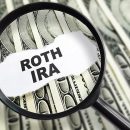5 Hidden Strategies to Optimize Your 401k Retirement Account
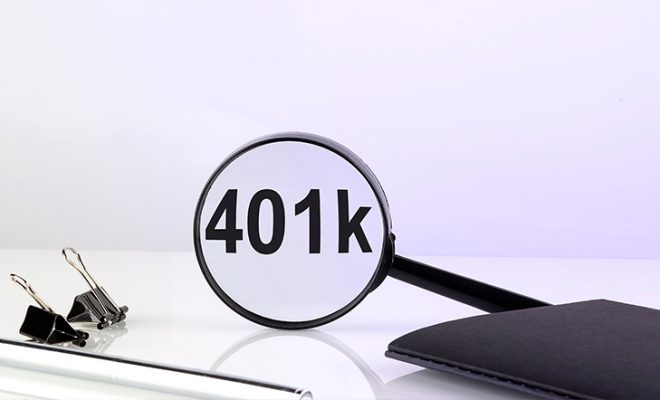
One of the foremost retirement planning steps taken post-employment is opening a retirement account. A retirement account ensures that your savings grow over time and transform into a sizable corpus that can help you attain financial stability during your retirement. There are various retirement accounts that you can opt for, based on your profession, employment situation, and income, among other factors. One such account is a 401(k) account. A 401(k) is one of America’s most popular tax-deferred retirement accounts wherein you can contribute pre-tax dollars and generate returns over the years. You pay taxes only when you retire and withdraw the funds.
However, there might be some caveats to having a 401(k) account which can hamper your growth prospects. If you wish to boost your retirement savings, there are some less-discussed, hidden 401(k) retirement strategies that can help you make the most out of each cent you put in a 401(k) account. To learn how you can boost your 401(k) savings and build a substantial retirement corpus, consult with a professional financial advisor who can advise you on the same.
Let us explore some of these hidden strategies that you can use to optimize your 401(k) account.
What are the different strategies that can help you optimize your 401(k) account?
1. Use the ‘Mega Backdoor Roth’ strategy
Ideally, employees contribute their pre-tax dollars to a 401(k) account and wait until they turn 59½ years to withdraw the funds, which have compounded over time. When they finally withdraw this money, they pay taxes per the tax rate in that year. Naturally, the tax rate in the future will be much higher than it is now, decreasing the final sum you will receive. However, there is another way by which you can make after-tax contributions to your 401(k) account, apart from the $20,500 (or $27,000 if you are over 50 years) you are contributing to your traditional 401(k) account.
However, you must also be aware of two things: First, not all 401(k) accounts allow you to make after-tax contributions. Traditional 401(k) accounts always allow pre-tax contributions. Therefore, you will have to check with your employer if there is a provision in your 401(k) account to make after-tax contributions. Second, the real limit on 401(k) contributions is higher than $20,500 (or $27,000 if you are over 50 years). The actual limit on 401(k) contributions in 2022 is $61,000 (or $67,500 if you are over 50 years). This includes both your and your employer’s contribution.
By using the backdoor Roth IRA strategy, you can own a Roth IRA legally by circumventing the income limits. Generally, high-income earners cannot own a Roth IRA. It must be noted that a backdoor Roth IRA is not a tax dodge. If you go about opening a backdoor Roth IRA you may incur higher taxes at the time but you can make up for it later at the time of taking your withdrawals.
With this smart 401(k) investing strategy, you can make an additional contribution of up to $40,500 in after-tax dollars to maximize your returns for retirement. A lot of individuals may not be aware of the new contribution limits. So, if you have a 401(k) account at your current workplace and want to maximize your 401(k), you can add an amount of up to $40,500 to it. This way, you increase the amount you contribute to your retirement account.
2. Consider converting your 401(k) account to a Roth IRA account
Having a Roth IRA account has immense benefits; chief among them being that your money grows tax-free, and you can withdraw it without paying any taxes provided you meet certain criteria. Traditional 401(k) accounts work conversely in a tax-deferred manner, where you have to pay taxes in the future when you withdraw the money.
Historically, the income tax rates in the country have seen an upward trajectory, which is likely to continue. The 401(k) distributions and withdrawals are taxed as ordinary income. As of 2022, 401(k) account owners are obligated to pay up to 37% income tax on the withdrawals, based on their tax bracket. So, if the income tax rate increases in the future, it could reduce the net amount you get post-tax payments.
However, you can offset this loss by paying the tax on the contributions in your retirement account this year at the current income tax rate. If you convert your existing 401(k) account into a Roth IRA account, this is possible. When you convert your 401(k) account into a Roth IRA account, you will have to pay taxes on the amount you are rolling over into the Roth IRA account at the prevailing tax rate, thereby, effectively reducing your tax liability on the funds in your retirement account.
3. Diversify the asset classes in your investments
Diversifying your investment into different asset classes is one of the best ways to reduce the impact of market-related risk and volatility. Focusing on a single asset class or concentrating all your funds in one stock, mutual fund, or asset increases your risk substantially. You can dilute your risks by diversifying your investment in various asset classes. Since no two asset classes react to market volatility and economic downturns simultaneously, you can reduce the likelihood of your investments losing value. An effective asset allocation strategy in your 401(k) account can help you make the maximum gains and deal better with risk.
That being said, asset allocation as a part of your 401(k) investment strategy needs to change direction over time. For instance, you might want to move your stock investments to something more stable like mutual funds or put some of it in fixed-income securities as you come closer to retirement. This strategy can be effectively used to optimize your 401(k) account. However, these decisions must be taken in consultation with an investment advisor who is better suited to give you advice and make the right call.
4. Leverage your employer’s match contributions to the fullest
You can maximize your 401(k) returns by using your employer’s matching contribution to its fullest. Most employers match 50% of your contribution to the 401(k) account, while some offer to match 100% of the contribution. This means that for each dollar that you put in a 401(k) account, your employer will contribute 50 cents to one dollar. This can be significant while building a sizable retirement fund for your future.
Therefore, ensure that you have made sufficient contributions to your 401(k) to claim the full match from your employer. This can help boost your returns substantially and quickly.
5. Take your 401(k) account with you when you change jobs
It is quite common for people to change their jobs and move to greener pastures in their careers. Some people choose to cash out their 401(k) accounts opened with one employer and open a new 401(k) account with the new employer.
In such a situation, your retirement planning may derail. This would also rob you of the opportunity to compound your returns over the years. You also may have to pay a 10% penalty each time you cash out your 401(k) account for early withdrawals (if you are under 59½ years). Therefore, it is recommended that you roll over your 401(k) account to your next employer whenever you change jobs. Most individuals do not understand the impact of frequent withdrawals and changes to 401(k)s.
By following these less spoken, smart 401(k) investing strategies, one can effectively optimize their 401(k).
Read further to know the mistakes to avoid with your 401(k) account.
Mistakes to avoid to maximize your 401(k) returns
The 401(k) investment strategies discussed above can help you save better for your retirement. However, there are some commonly made mistakes that you can avoid to maximize your returns. Here are the top 3 mistakes you must avoid:
- Don’t make early withdrawals: If you cash out your 401(k) account before you are 59½ years old, you will have to pay a 10% early withdrawal penalty.
- Avoid taking loans on your 401(k) account: There are several downsides to taking a loan on your 401(k) account, like paying interest, being unable to make contributions until the loan is paid, and being penalized.
- Not rolling over 401(k) plans: Ensure that you roll over your pre-existing 401(k) account after switching jobs.
To summarize
A 401(k) account is a fantastic way to safeguard your retirement and have adequate funds to make your golden years comfortable. Be proactive and ensure that you make the right moves to get the most out of your 401(k) account. While some other tips and tricks can help you maximize your 401(k) account returns, these expert 401(k) retirement strategies can help you go to the next level and make significant gains to boost your retirement corpus.
Use the free advisor match tool to match with an experienced and certified financial advisor who will be able to guide you effectively on how to effectively use 401(k)s and retirement plans to build a significant nest egg for retirement. Give us basic details about yourself, and the match service will connect you with 1-3 professional financial fiduciaries that may be suited to help you.


